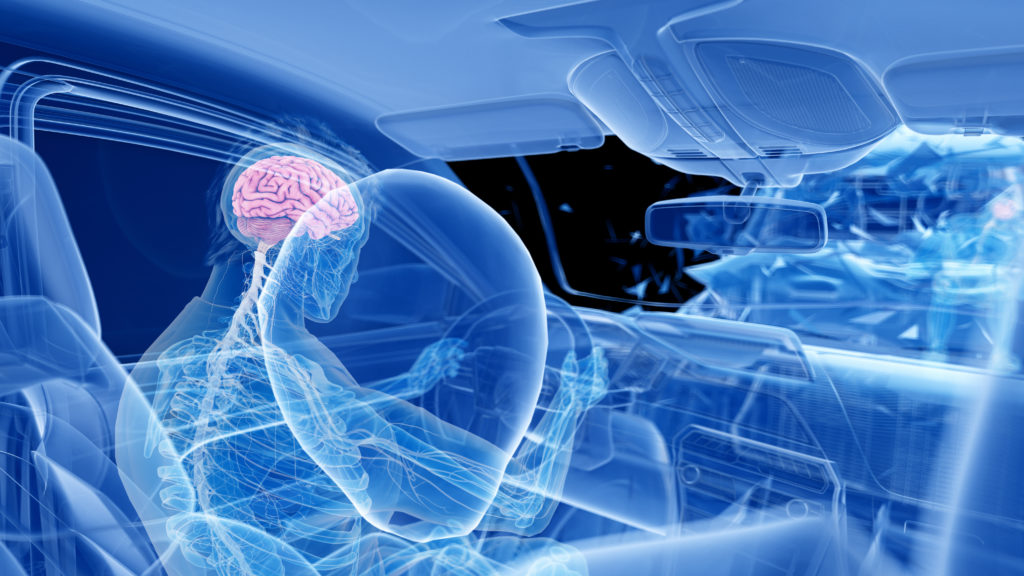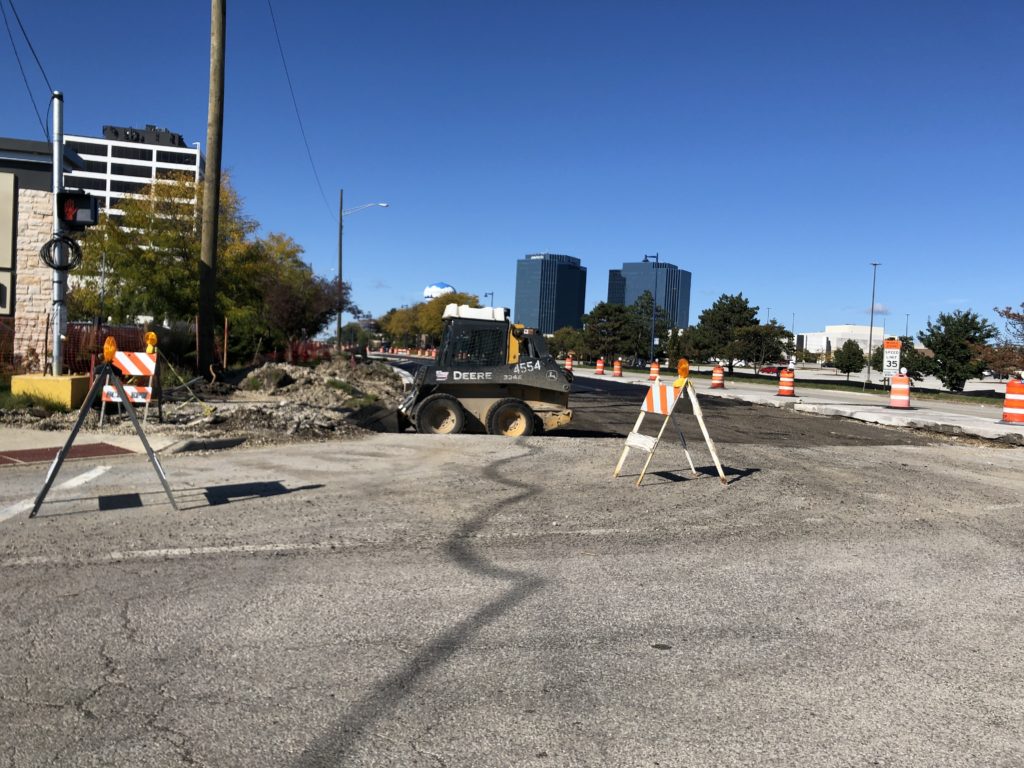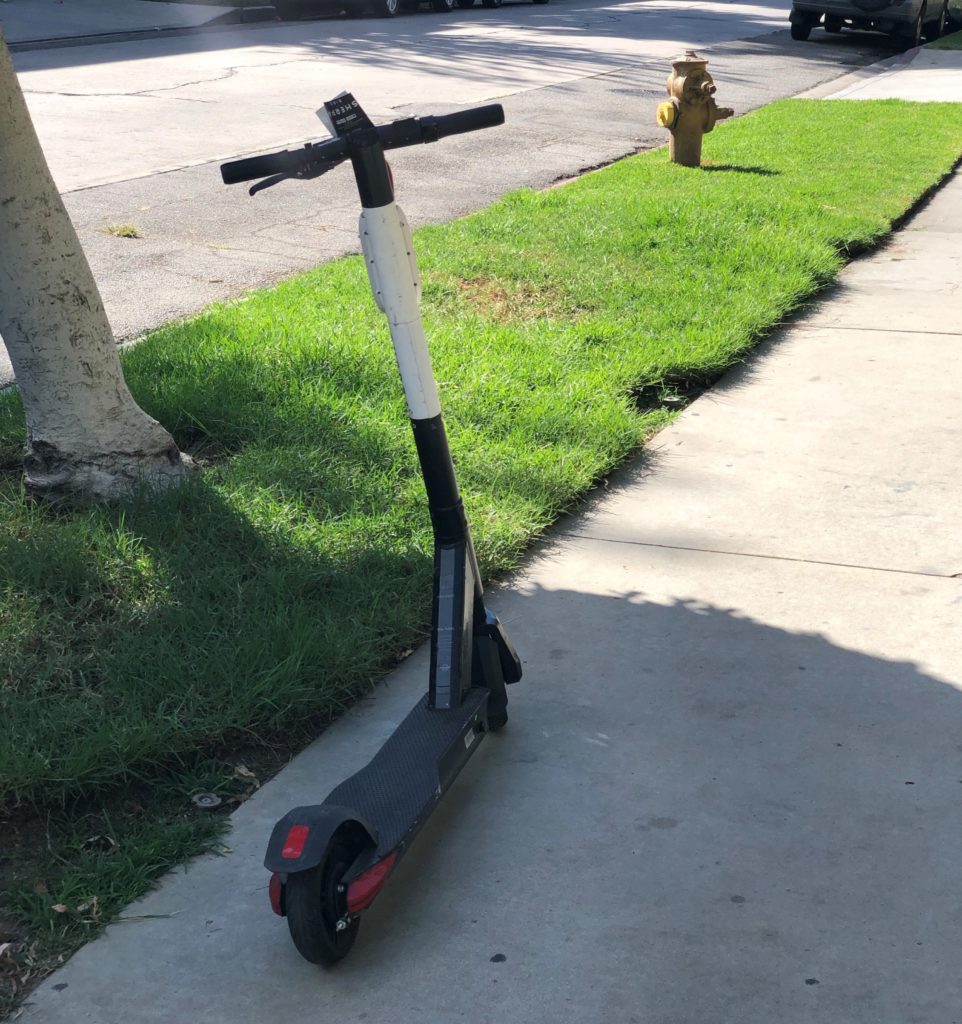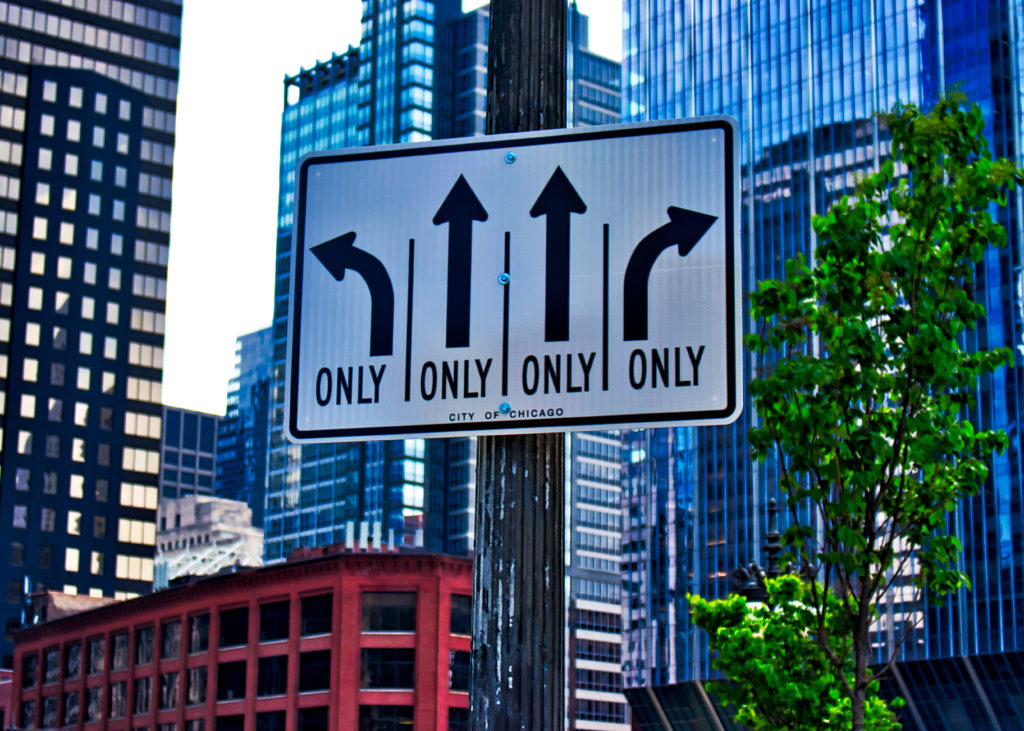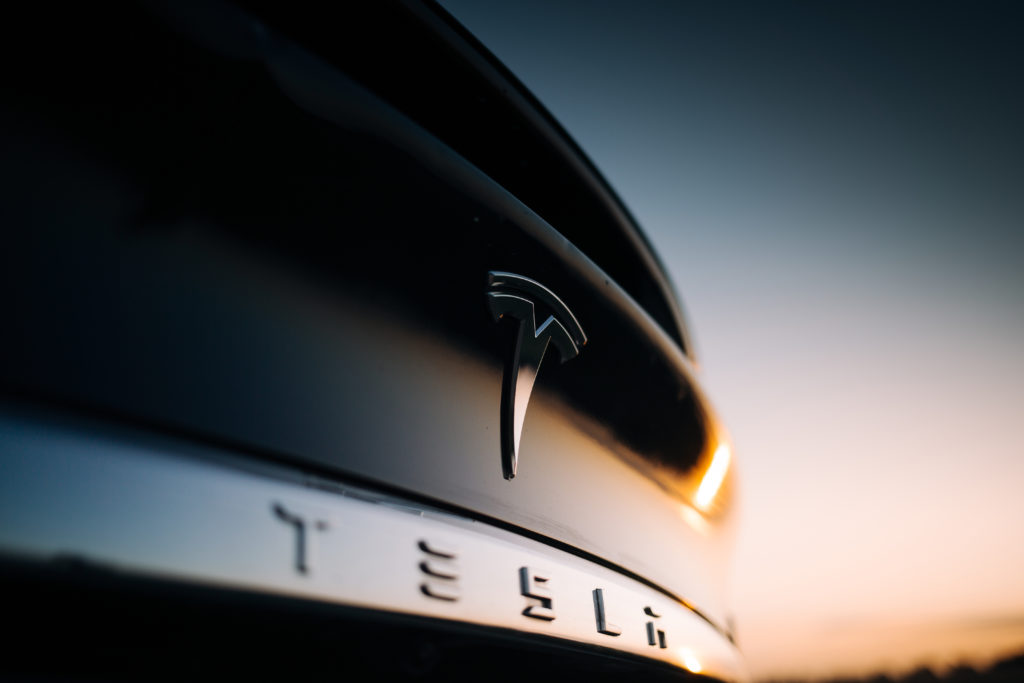
A May 2018 Florida crash involving a speeding teen driver and passenger became deadly after a subsequent fire was caused in part by the Tesla Inc. vehicle’s lithium battery, according to a recent federal investigation.
The 18-year-old driver had been previously cited for speeding, and was traveling at speeds up to 116 mph in a Model S when he lost control on a Fort Lauderdale curve with a speed limit of 25 mph, the National Transportation Safety Board explained in its December 19th report.
The report determined that the fire contributed greatly to both deaths, even though the passenger had already sustained head and torso injuries during the crash.
A passenger in the backseat was not wearing a seatbelt and was ejected from the car upon impact, but survived with various fractures.
This is one of several crashes currently under review by the NTSB involving lithium-based battery-involved fires in vehicles such as Teslas. These highly flammable batteries cause fires that are difficult to extinguish, and can even reignite hours or days after a crash has taken place.
During this accident, firefighters arrived on scene four minutes after the first emergency call, and reported the fire’s heat was incredibly strong and that they could see electrical arcing, according to NTSB’s report.
Responders used between 200 and 300 gallons of water and foam to combat the flames, but the battery still reignited two more times. Additionally, a piece of the main battery came into contact with a metal chain and briefly ignited on its own. Firefighters continued to spray the battery once more after it caught fire while being loaded onto a tow truck.
In another case which occurred in 2019, a Model S Tesla driver lost control on a South Florida road and collided with a palm tree; however, his family’s lawyers said the car’s battery and designs were the cause of his death–not the crash itself.
According to the wrongful death lawsuit, the Tesla’s lithium battery immediately caught fire after the crash, causing smoke and flames to fill the car and suffocate the driver. A crowd had gathered at the scene, but was unable to help.
Why? Allegedly, Tesla’s retractable door handles failed to “auto-present” and disallowed first responders to open the doors and save the driver.
“The fire engulfed the car and burned Dr. Awan beyond recognition–all because the Model S has inaccessible door handles, no other way to open the doors, and an unreasonable dangerous fire risk,” said the complaint. “These Model S defects, and others, rendered it a death trap.”
Tesla has claimed that its Model S vehicle once achieved “the best safety rating of any car test,” which is the reason his family’s attorney, Stuart Grossman, cited for Aman’s decision to purchase the luxury vehicle in the first place.
“These things, they just love to burn,” Grossman said. “The car is so over-engineered. It’s so techy, it makes you want to buy a Chevy pickup truck.”
These are only two Tesla-related deaths in a string of incidents that blame the carmaker’s technology.
In April, parking garage surveillance footage from Shanghai depicted a smoking Model S finally bursting into flames–a video which pressured Tesla to begin an internal investigation.
We’ve reported on other accidents–even deadly ones–related to Tesla’s “Autopilot” automated driver-assistance feature.
“There are a number of these cases,” said Grossman. “What the hell is going on?”
Regarding Awan’s case, as well as others, Tesla has maintained that any high-speed crash may end up in flames regardless of how the vehicle is powered. However, Awan had survived his crash–but would have been able to escape the fire had the doors been operating properly and allowed responders to pull him out.
The lawsuit says the innovative features made the car “defective” and dangerous,” and that the door handles added to the major issue of an “inherently unstable” lithium ion battery.
“Tesla failed to warn users about the scope and extent of the defective and unreasonably dangerous conditions of the Model S,” said the complaint.
After firefighters extinguished the flames in Awan’s incident, the Tesla was taken to a tow yard, where it reignited and burned once again.
